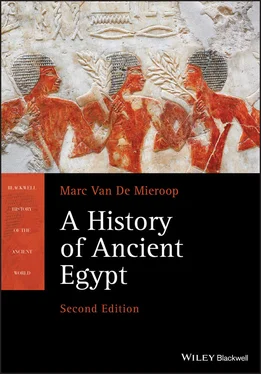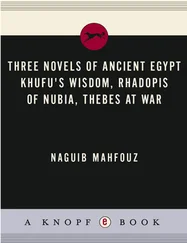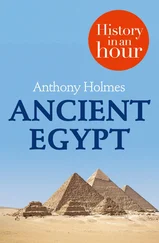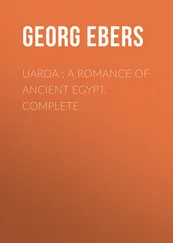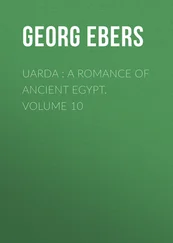There exist countless pictures of humans from ancient Egypt, but it is clear that these were not intended as accurate portraits, except for some late examples from Ptolemaic and Roman times. Men and women appear in standardized depictions where physical features, hairdos, clothing, and even posture characterize them as Egyptians ( Figure 1.1). The representations of foreigners are equally uniform: Nubians have dark skins and braided hair and wear earrings ( Figure 1.2), while Syrians have lighter skins and pointed beards ( Figure 1.3). The artists were intent upon showing the opposition between Egyptians and foreigners, not on making clear their individual appearances. The perception of who was Egyptian could change according to the intended audience. For example, a prince from Upper Nubia in the 14th century, Hekanefer, appears in two different guises. In the tomb of the Egyptian viceroy at Thebes, Hekanefer has typical Nubian features and dress, while in his own burial in Nubia he looks fully Egyptian ( Figure 1.4). He wanted his own people to see him as a member of the Egyptian ruling class, whereas to the Egyptian viceroy of his country he was a Nubian subject, clearly distinct from Egyptians.
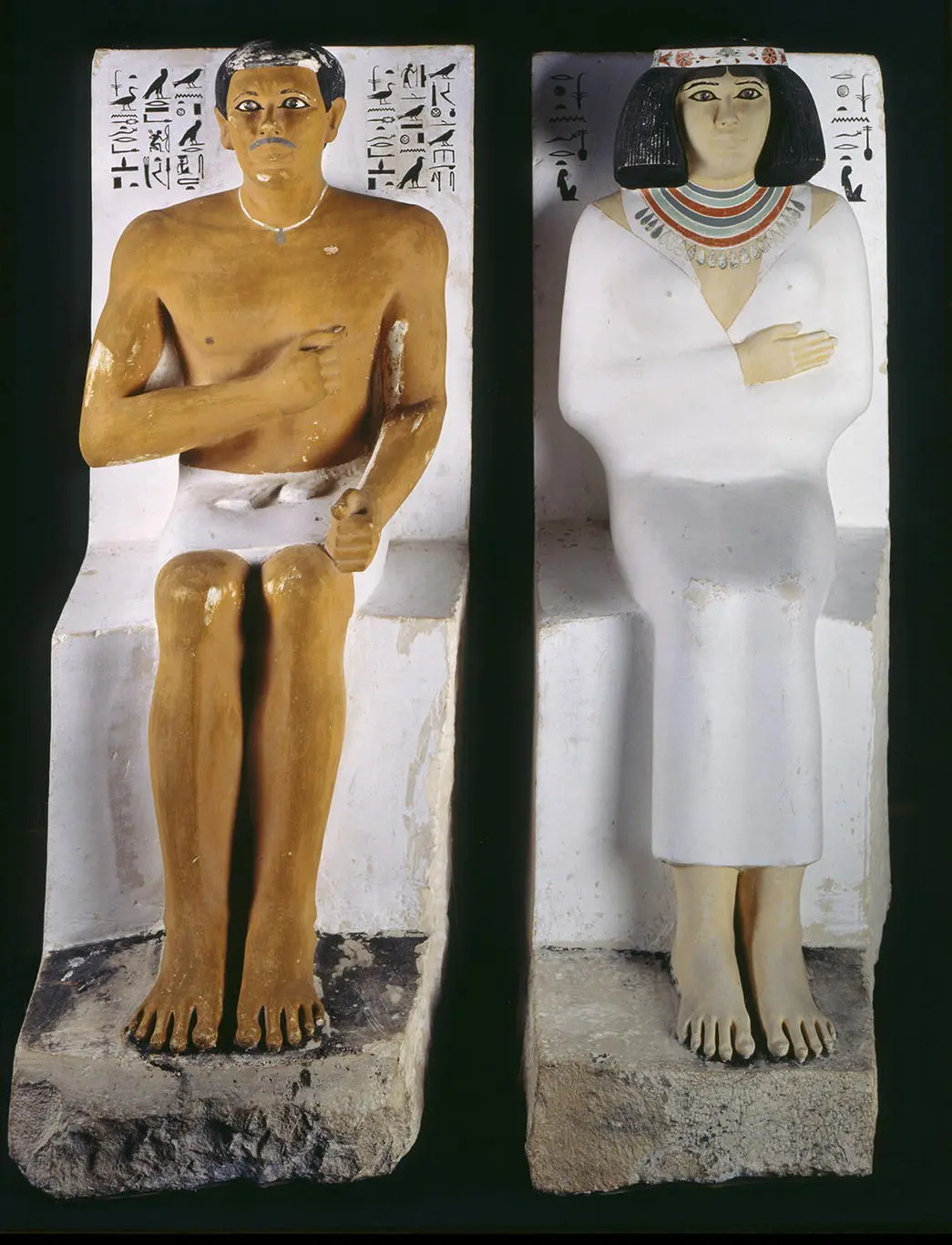
Figure 1.1 Egyptian archetypes. This pair of painted limestone statues, 120 cm high, shows a husband and wife in typical Egyptian fashion. His skin is darker than hers because he works outside, while she, as an upper‐class lady, can stay indoors. She wears a tight‐fitting long dress, while he has only a short skirt. Both of them are represented without wrinkles or other signs of aging and hold their hands in traditional postures. While they are clearly identified by name in the hieroglyphic inscriptions, the images are not to be understood as naturalistic portraits.
Source: Scala/Art Resource
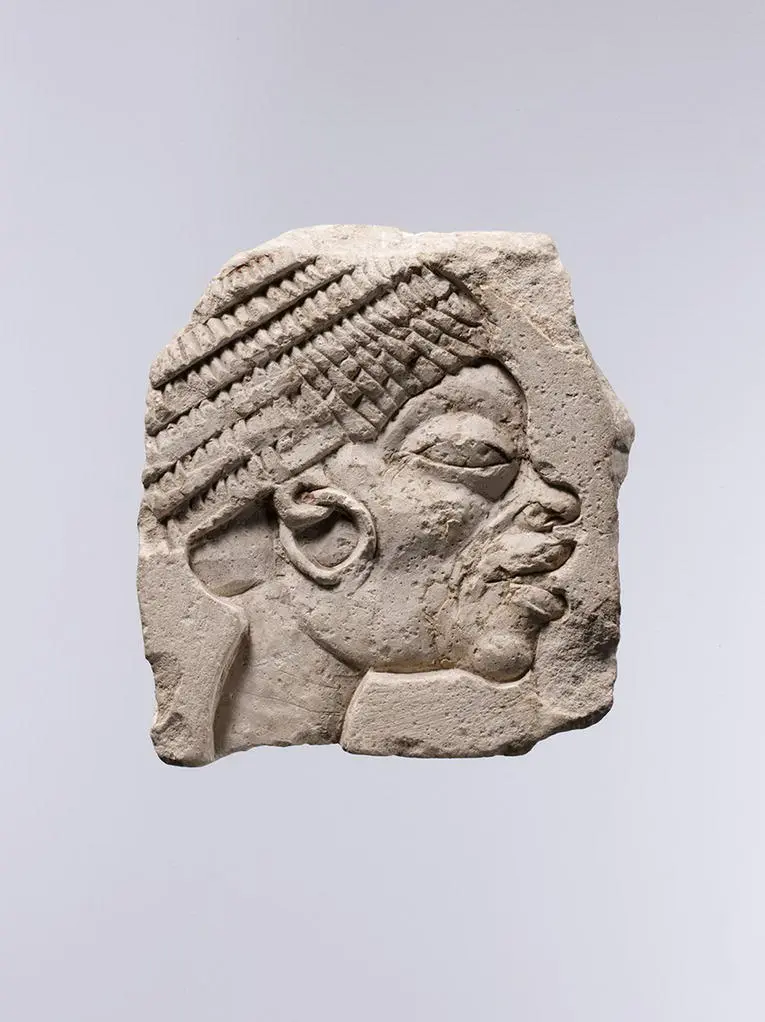
Figure 1.2 Nubian archetype. On this 10‐cm‐high limestone trial piece for a relief sculpture the 14th‐century artist represented a Nubian with the characteristics that were always used for a man from that region. He has specific physical features, braided hair, and an earring. Such images were produced throughout the ancient history of Egypt, although they started to show a greater variety of types when Egypt became an empire in the mid‐2nd millennium. Metropolitan Museum of Art 22.2.10.
Source: Rogers Fund, 1922
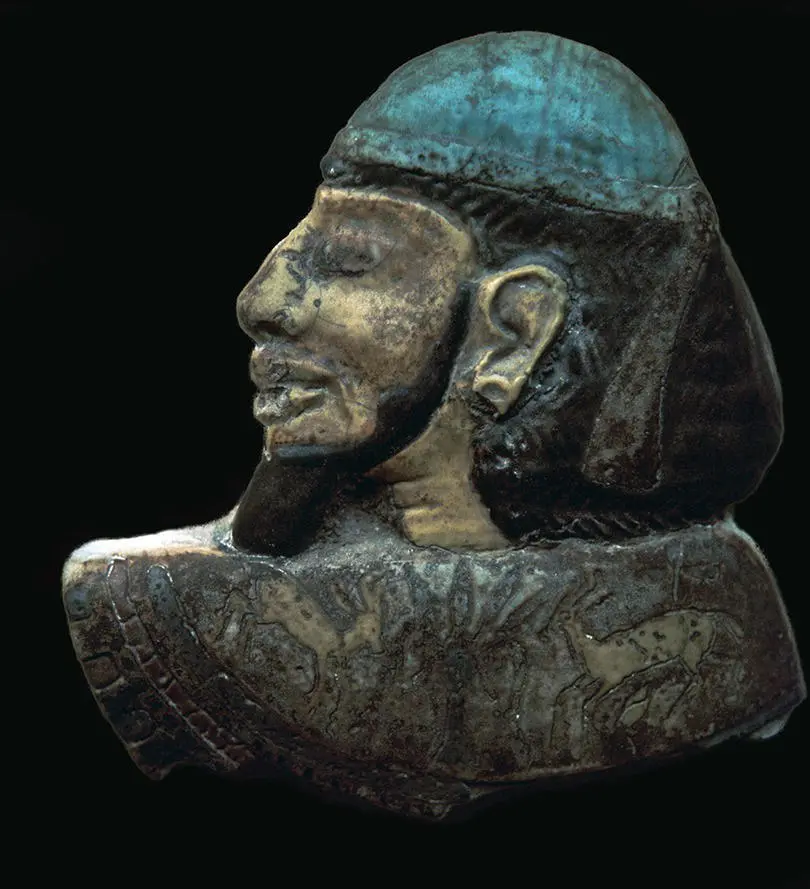
Figure 1.3 Syrian archetype. This 13‐cm‐high glazed tile, originally used as wall decoration for the palace of Rameses III at Tell el‐Yahudiyya, shows a captive from Syria with the typical characteristics always used for the representation of such a foreigner. His facial features, beard, and headdress make him immediately recognizable as someone from that area to an Egyptian viewer. The detail of his clothing shows two gazelles facing a tree, a common Near Eastern artistic motif. Kunsthistorisches Museum Wien, Ägyptisch‐Orientalische Sammlung.
Source: Art Resource
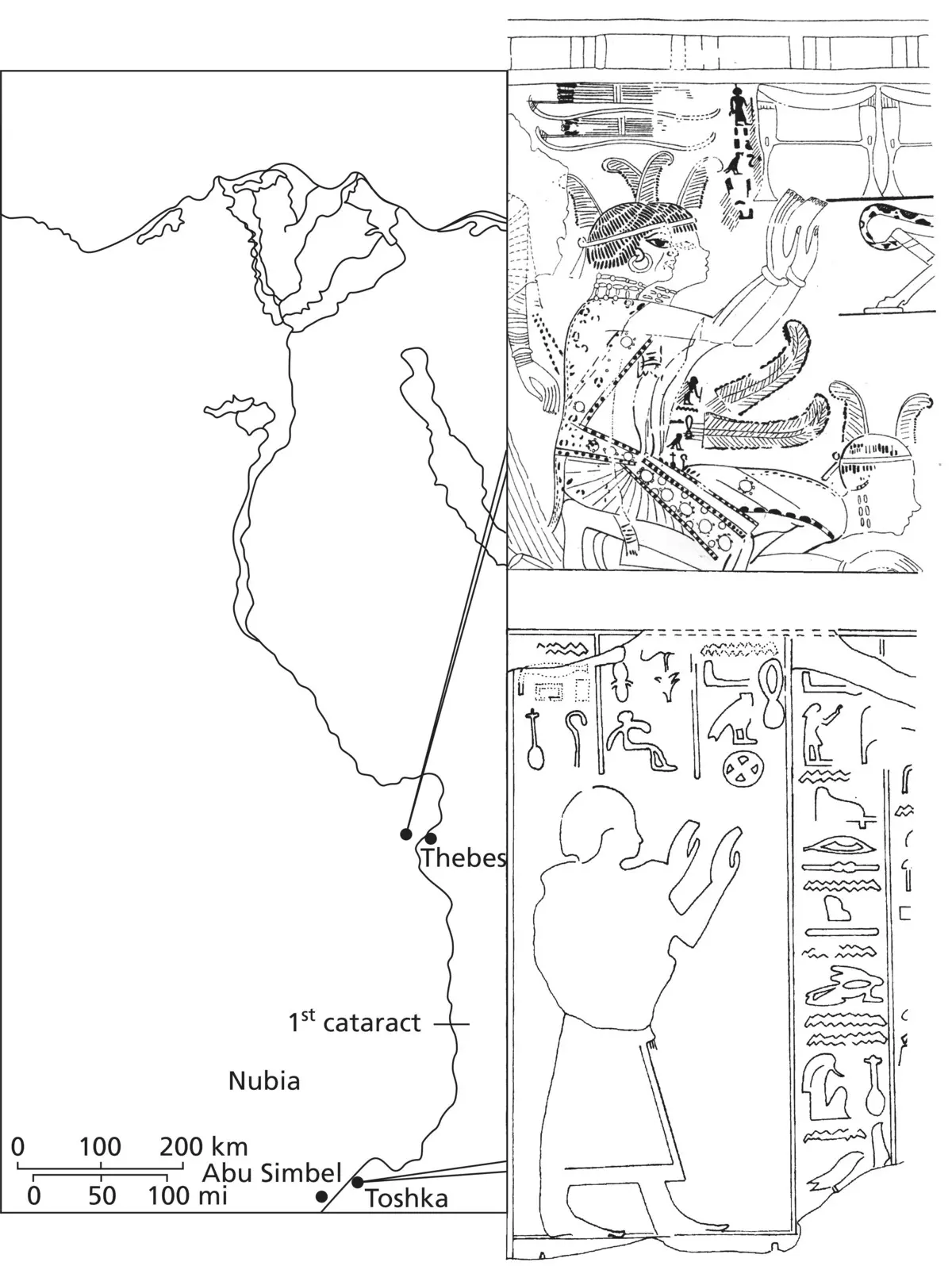
Figure 1.4 A matter of presentation. In the 14th century, images of the Nubian prince Hekanefer appear in two tombs depicting him very differently. In his own tomb in Lower Nubia at Toshka he is represented fully as an Egyptian and the hieroglyphic text states that he gives praise to the god Osiris. In contrast, in the Theban tomb of an official of Tutankhamun he is depicted as an archetypal Nubian in a prostrate posture of submission and identified as “Hekanefer, the Prince of Miam” in the accompanying text.
Source: Marc Van De Mieroop
The homogeneity of Egyptians in ancient depictions is deceptive. Over the millennia, Egyptian society constantly integrated newcomers with various origins, physical features, and customs. But unless there was a reason to make the difference explicit, they all appeared alike in stereotypical depictions. They were all Egyptians, not people with Nubian, Libyan, Syrian, Greek, or other backgrounds. Some scholars have tried to determine what Egyptians could have looked like by comparing their skeletal remains with those of recent populations, but the samples are so limited and the interpretations so fraught with uncertainties that this is an unreliable approach.
Can we articulate any idea of what type of people we would encounter were we able to visit ancient Egypt? I think we should stress the diversity of the people. The country’s location at the edge of northeast Africa and its geography as a corridor between that continent and Asia opened it up to influences from all directions, in terms both of culture and of demography. The processes of acculturation, intermarriage, and so on probably differed according to community and over time. People must have preserved some of their ancestors’ physique and lifestyles, and the degree to which they merged with neighbors with different backgrounds must have been variable. We cannot imagine an Egyptian population that was of uniform appearance, and the inhabitants of the north probably looked different from those of the south of the country. But somehow all these people at times saw themselves as Egyptians, distinct from people from the neighboring countries, and it is their common history we will explore.
There is no substitute to visiting the country of Egypt to get a sense of the natural environment in ancient times, but it is important to keep in mind that what we see today is a much manipulated landscape altered over many centuries. In recent times, the building of the Aswan dams has turned the Nile into a human‐controlled river, and also many other features seen today are artificial. Still, the basic features of the environment – the contrast between the fertile areas, where the vast majority of the population lives, and the deserts, which restrict access to Egypt – remain the same.
The Nile dictates how we can study the ancient Egyptians, and in many other respects the river shapes Egypt. Running through the eastern end of the Sahara desert, it essentially forms a long oasis. Wherever its water reaches the soil can be farmed, where it does not reach the earth is parched and it is impossible to grow anything on it. The contrast is so stark that one can stand with one foot in lush greenery and with the other in lifeless desert. The ancient Egyptians called the fertile area “the black land” ( kemet ), the desert “the red land” ( deshret ).
The Nile is the longest river on earth: some of its sources are located south of the Equator and it runs for more than 4000 miles (6500 kilometers) northward to empty into the Mediterranean Sea. In Egypt it has two distinct parts. The upstream part in the south, Upper Egypt, flows through a valley between 5 and 10 miles wide that is lined by cliffs restricting its course. Upper Egypt stretches for some 600 miles from modern Aswan, located at a natural obstruction in the river that we call the 1st cataract, to Cairo. There are six numbered cataracts on the Nile, one in modern Egypt and five in modern Sudan. Cataracts are where the river is very shallow and rocky islands and boulders obstruct the water flow. These zones of narrow channels and rapids make navigation difficult and dangerous, and consequently they constitute clear natural boundaries. Throughout ancient history the northernmost 1st cataract made up the southern border of Egypt’s heartland, and anything south of it was usually considered a different country. South of Aswan the Nile Valley is very narrow and it is only upstream of the 3rd cataract that it is broad enough to include fields that allow sufficient farming to support substantial settled communities.
Читать дальше
